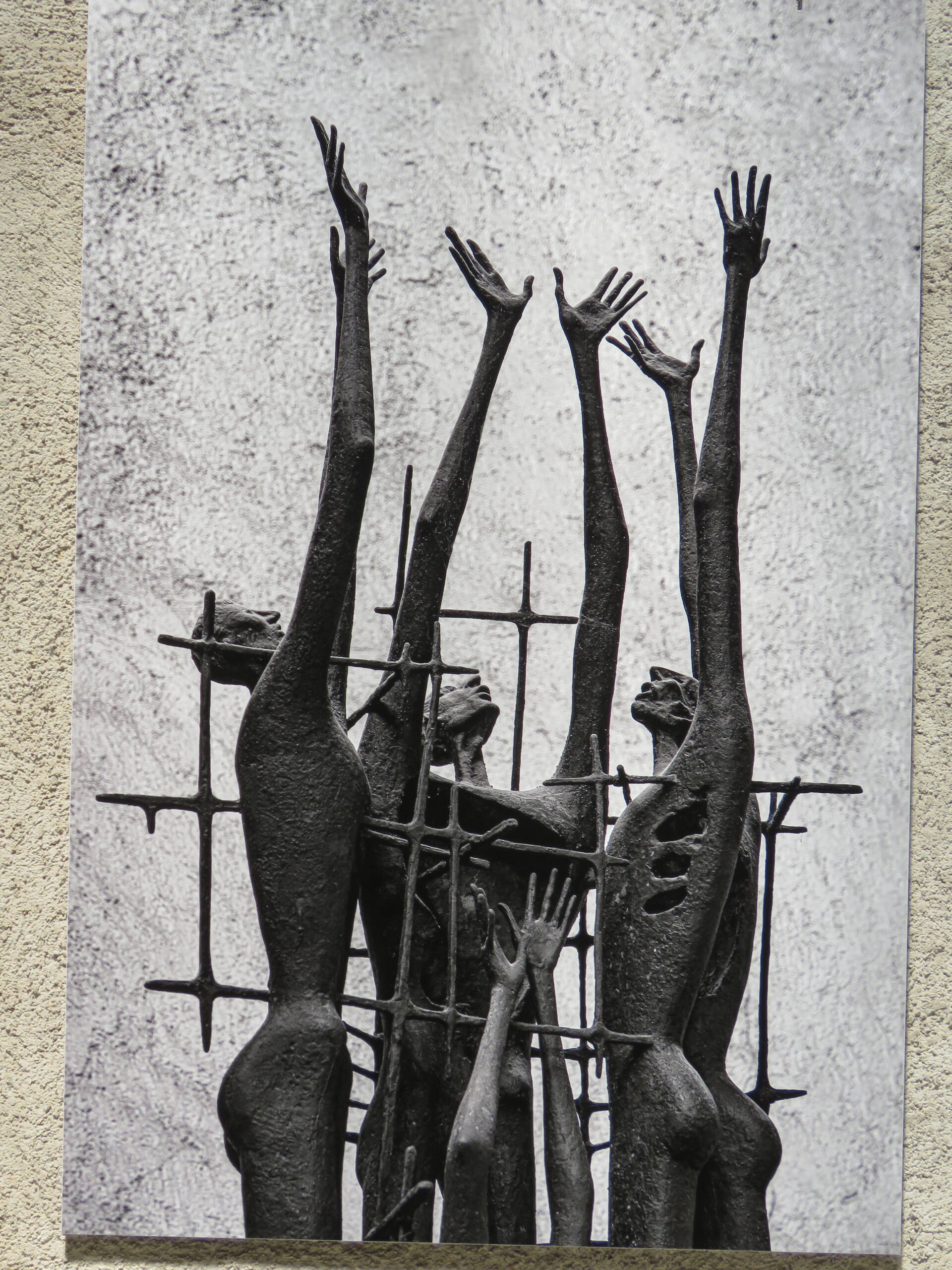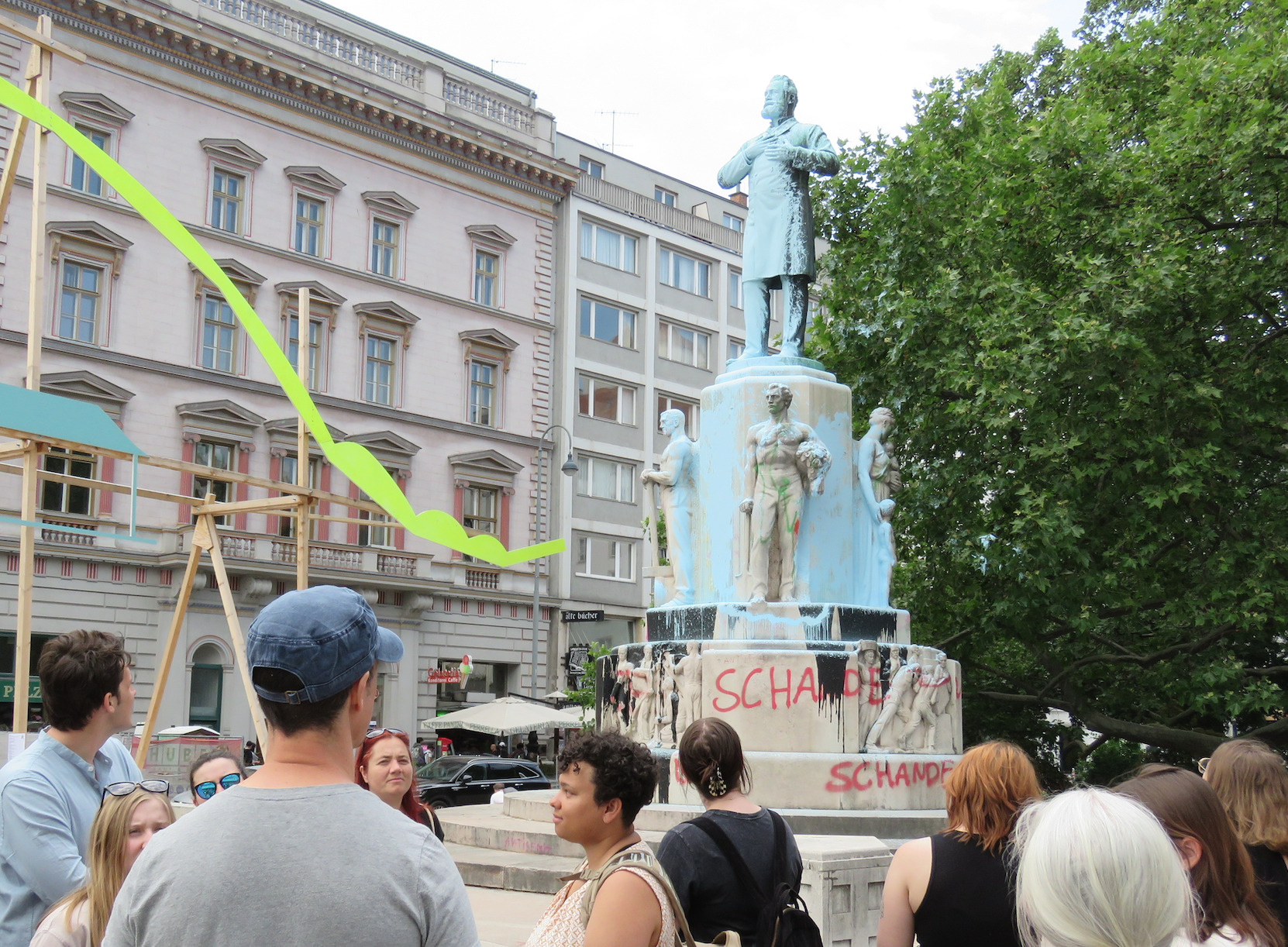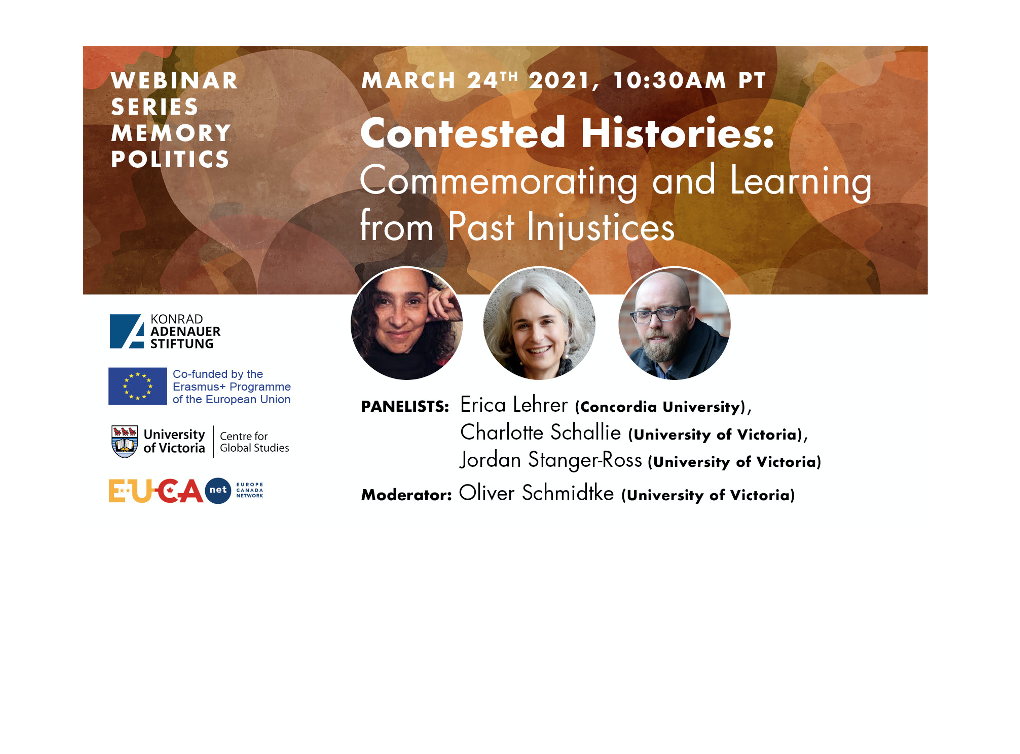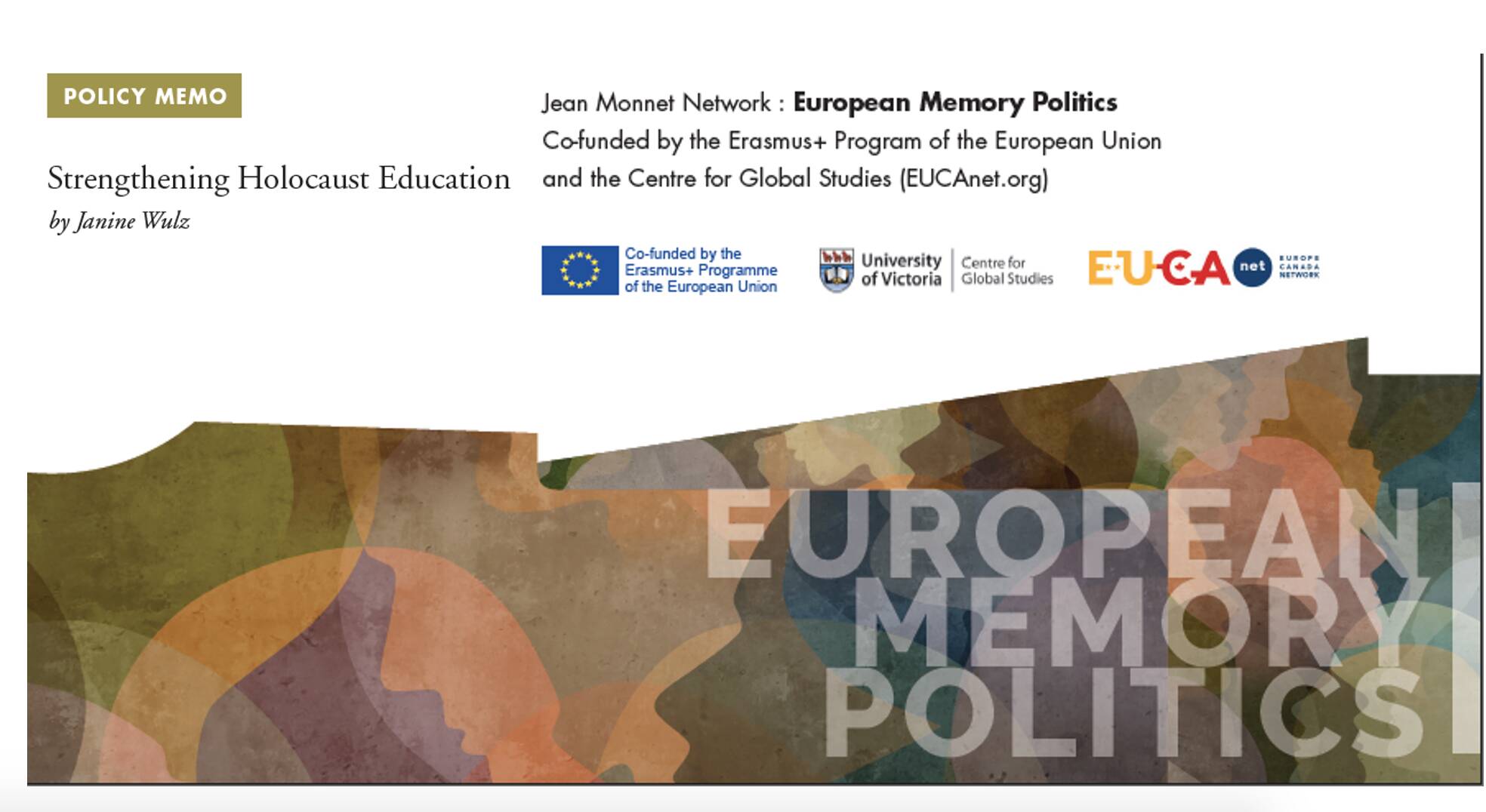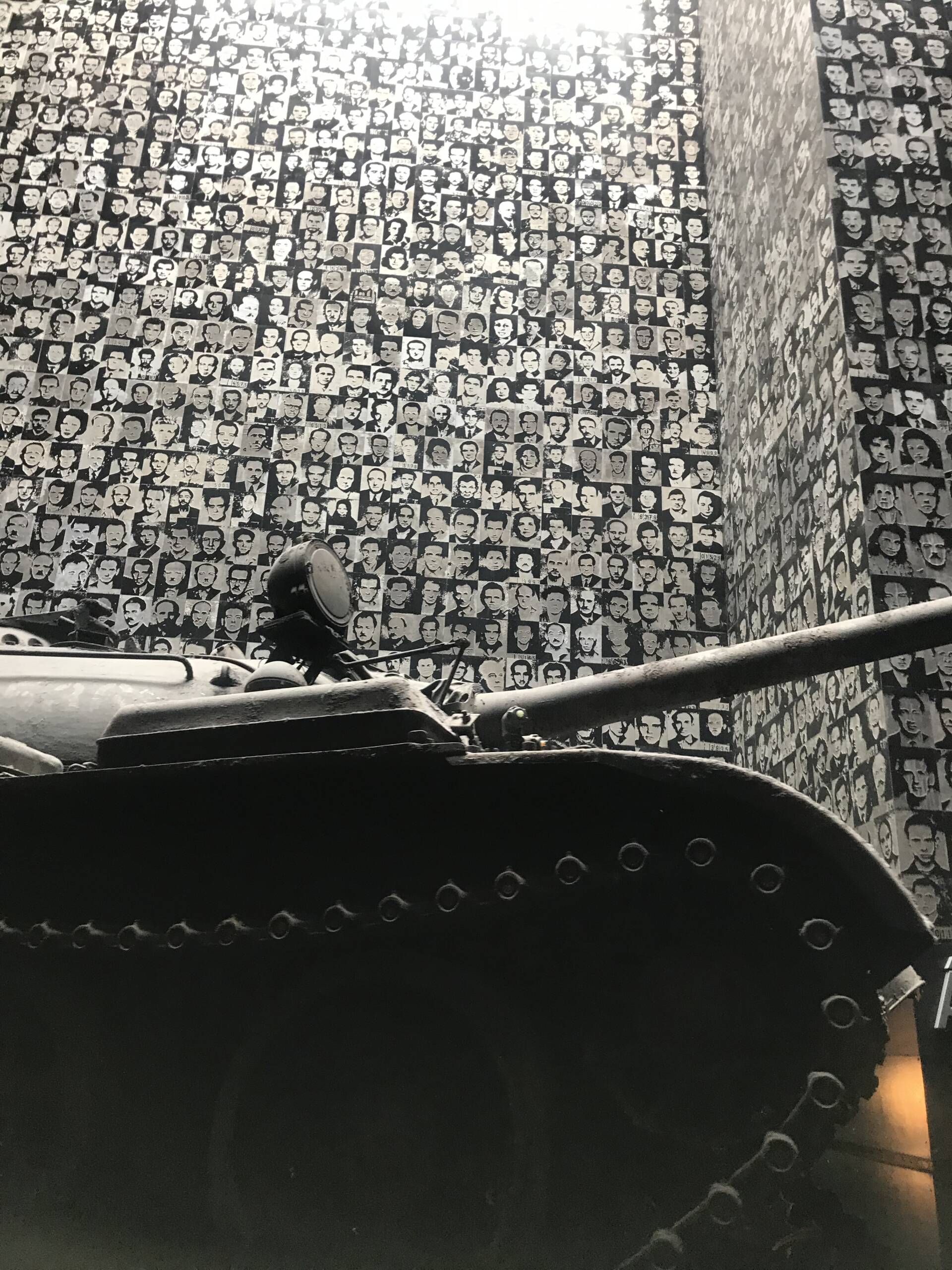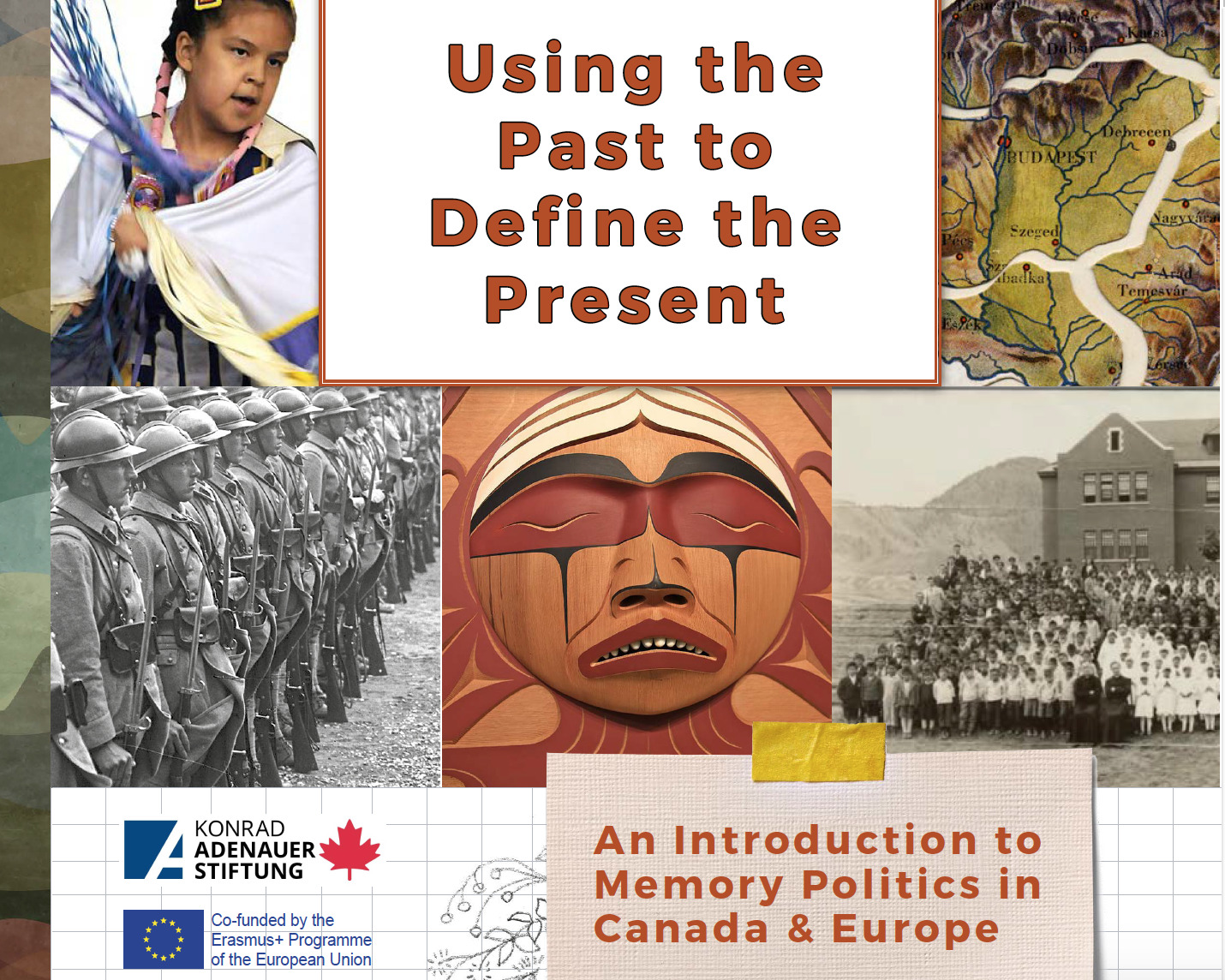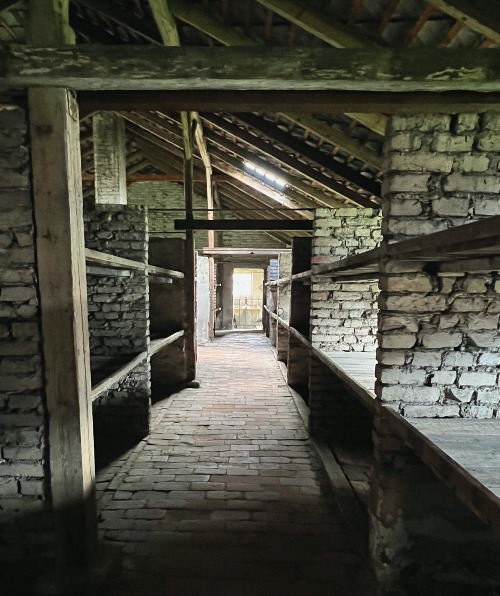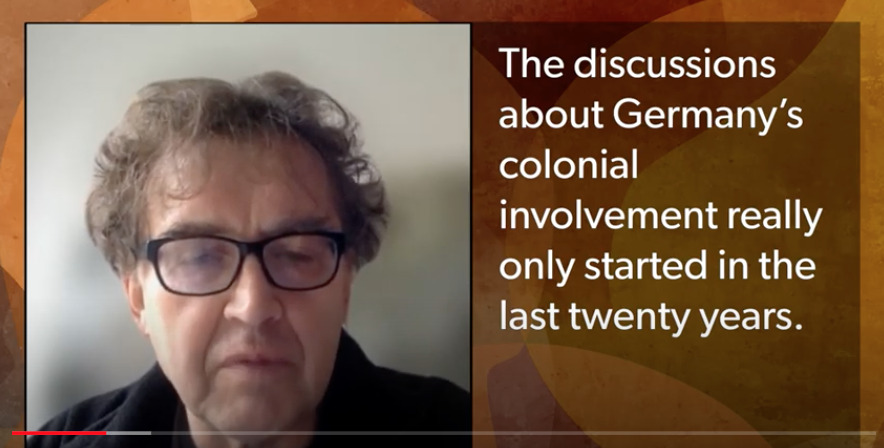Some Aesthetic Aspects of Holocaust Memorialization
This post began on the train from Budapest, Hungary to Klagenfurt, Austria, and was completed back at home in Victoria. The Budapest conference offered such a productive parallel with the site visits: many of the topics explored in papers—contemporary museum practices, current regional divisions within European memory politics; new tools for analyzing the comparing and contrasting of atrocities across time; current thinking on Holocaust education—re-awoke questions and ideas inspired by the various sites of historical memory we had already visited, and it continued to do so as we carried on in our travels.
The questions that remain most present for me at the end of the tour surround the aesthetics of memorialization, particularly questions about the various potentials offered and responses encouraged by the use of various kinds of media—music, photography, natural elements, sculptures, videos, encased boxes—versus the direct physical engagement with largely unmodified sites of terror, as experienced most directly at Auschwitz I and II. Memorial aesthetics is an enormous topic and I understand it as surrounding a series of difficult questions that have been opened up by my preparation for, and experiences during this field school: What are the ethical implications of forms of memorialization that encourage or even require the viewer to identify with victims; beyond the needs of researchers, why is it that so many visitors to places such as Auschwitz I and II feel compelled to take photos? If sites of mass atrocity are considered sacred—and many, including myself, believe they are—what kinds of engagement with such spaces are respectful?
Currently at Auschwitz, visitors are not allowed to take selfies—a rule that arose because they were doing so—and there is one place—the room containing human hair the Nazis removed from their victims for commercial use—where no photos are permitted. This is likely because human hair’s decay cannot be avoided—it is inevitable—and so it is kept in a darkened room, for which flash photography would likely be necessary. I surmise this because everywhere else, even in the gas chambers and crematoria, photos are permitted. This greatly surprised me at first, because of the obscene and painfully-intimate nature of these places—where death came to so many beloved by so many, where contempt for human dignity surely reached its apogee. But one of the things that the excellent guide who lead our tours of Auschwitz I and II made plain is that a key function of these places is to keep the memory of the Holocaust alive and to offer accessible evidence to visitors that a uniquely-organized form of genocide was indeed carried out at these sites: our guide stressed on many occasions that the places and objects we were being shown had not been changed since the camp’s liberation. When changes had occurred, they were described with care: an awareness that Holocaust denial is still with us has clearly marked the decisions about how to memorialize these sites of atrocity.
The two sites of the Mauthausen Satellite Camps we visited, situated on either side of what is now the Karawanks tunnel dividing Austria from Slovenia, and which the prisoners from both camps carved through the mountain, were a study in contrasts. On the Austrian side, Mauthausen-Nebenlager KZ Loibl-Nord, minimal media is provided to tell the camp’s story or respond to it—this is not called a memorial, tellingly. There are a few signs providing schemata and photos of the original camps, and, on the upward slope of the mountainous terrain, a series of minimalist metal outlines serve to denote the location and scale of some of the buildings that once stood. These rusty structures produced in me the ghostly feel of a haunted space with their simultaneous presence and absence. The site’s dearth of contextualization meant that there was no explicit linking of this place to the larger system of the Mauthausen camps let alone to the Holocaust. So many questions remained unanswered here: by whom was the original camp built and destroyed? Did Austrians take the site down themselves after the war? How many prisoners lived and died here? What was the relationship of the camp to the town? (Janine Wulz informed us that the plot of land was in fact rented from a farmer whose family remains in possession of the larger property, and who are not open to discussions on the topic of the camp, a fact that likely contributed to the ghostly feel). I was also struck by the fact that many parts of the camp have been left to return to nature: we were encouraged to ramble over the site, where footings for buildings could be seen sticking up amidst trees and grass and no doubt objects could be excavated. Overall, this space felt lonely and bereft, though undeniably, disturbingly beautiful amidst its alpine verdure.
By contrast, the remains of the Slovenian side of Mauthausen Satellite Camp Loibl-Nord were much better preserved and documented. There was not only a well-detailed schematic map but also an extensive chronology explaining the camp’s history from an idea to a memorial. There were also signs explaining what occurred at specific sites. For example, a plaque beside a lush flat section tells the story of how prisoners, on their one day free of hard labour, were forced to fight each other and play sports for the amusement of the guards. The ad-hoc crematorium constructed there has been carefully preserved and sits in all of its crude horror in a shady, deeply-green depression at the far end of the camp. Care was also evident in the preservation and modification of one of the building’s original foundations, now a kind of central memorial site whose walls have been modified: their interior is encircled by the carved names of other concentration camps from the Holocaust. Touchingly, there were candles, rocks, and ribbons that denoted the presence of other respectful visitors, giving a feeling that those who perished here are mourned, and honoured in a way that explicitly links their suffering to the larger Fascist engine that brought it about. One of the ribbons was blown down by the wind while we were there, and I and a fellow-visitor, Emily Duff, placed it back up and secured it with a stone: this ability to interact with the site felt genuinely comforting.
Here we also encountered the unique use of a natural element: trees have been planted to indicate the location of the original fence imprisoning the inmates, with larger trees placed at locations where guard towers existed. This is likely the reason why this is described in the chronology as a “living memorial.” All in all, while nature felt like it was growing over and obscuring evidence on the Austrian side, the purposeful use of nature to tell the story on the Slovenian side felt very different, as if tenderly enclosing a site of violence in its generous arms.
The site where the aesthetics of historical memory struck a particularly sharp chord for me was the Riseria Di San Sabba in Trieste, Italy. This former rice processing plant was used as a Nazi concentration camp where primarily political prisoners were detained, tortured, and murdered (though it also served as a transit point for the transfer of many Jews to other camps, especially Auschwitz). It consists of a large courtyard and two buildings; the courtyard contains two large sculptures: one is a giant abstract depiction of the crematorium chimney and another a high metal sculpture featuring stylized depiction of a circle of tortured victims with upraised arms.
A sign lets visitors know that Trieste architect Romano Boico won the competition to design this memorial site in 1968. He made very different decisions than those who created the Auschwitz museums. For one, while the latter sought to preserve the site as found, Boico made significant modifications. Here is a description detailing one such change provided on a plaque: “Distinguished by high reinforced concrete perimeter walls in a Brutalist style, the Memorial designed by Boico preserves only a small part of the original buildings and is articulated in a path intended to produce a strong emotional impact on the visitor.” This path is one that leaves nowhere to hide, overwhelms, and creates a sense of claustrophobia in the viewer. In this way, its aesthetics share much with Berlin’s Monument to the Murdered Jews of Europe: the viewer is asked—impelled, really, to occupy a space suggestive of the victims’ conditions. (at this stage in my learning, such aesthetics strike me as underappreciating the suffering of the victims and aggrandizes the gesture of the visitor to the site, but the gesture does make me think.) A second sign lets the viewer know that, “on the spot where the chimney [of the crematorium] stood, after the rubble from the Nazi explosion had been removed, a fenced-off sacred area was created, consisting of a cross and a number of memorial plaques.” A much heavier hand has been taken with the evidence of historical atrocity here.
This also appears to be the case with victims’ possessions. At Auschwitz 1, there is a glass-enclosed case containing an enormous mound of spectacles, as there are of other personal belongings taken from victims, such as a large room full of braces and crutches, suitcases, kettles, shoes, and clothing. The sheer scale of these piles helps tell the tale of horror and the indignity behind their removal, as does their idiosyncratic detail (ex family names on suitcases). At San Sabba the artefacts are presented very differently: there are a few small boxes embedded within walls with glass covers that contain select items—four or five pieces of jewellery in one, and in another, a few pair of broken glasses. This left me to wonder: were these all of the items found? The only ones preserved? What was the motivation behind the curatorial selection?
But the most curious element of San Sabba was the use of photography, itself part of a theme of repetition. In a building that serves the function of a more conventional museum, there is a series of large, black and white, really quite beautiful photographs. Some of them are of the rooms of torture and imprisonment we had just visited, others of the sculptures I describe above, and others of the items encased in the boxes: the broken glasses reappeared in such a photo, as did silver eating utensils. If visitors could see the places and objects themselves, I ask myself, what purpose were the photos serving? In the case of the prisoners’ possessions, I wondered if they were there to emphasize the beauty or delicacy of the objects themselves, or perhaps the vulnerability their removal connotes (hunger; broken generational traditions; compromised vision). I also wondered if the photos were intended to illustrate the tenderness with which these objects have been preserved: the collection of eating utensils, for example, as well as the watch, had labels with numbers affixed to them, as if reassuring the viewer that, while the Nazis simply stole the items, their value has now been redeemed by curators. And herein lies the nub of what bothered me about the San Sabba approach to aesthetics: it seemed more about testifying to the good work that had gone into preserving the past than to ensuring that that past was known and its victims’ suffering recognized. There was a purposeful self-referentiality created by the proximity of items and photographic representations of them. This practice disturbed me not with the horror of the events but with their prioritization of representation itself. Certainly, they have taken to heart the important idea, made clear to us in so many ways, that the preservation of the past is never a neutral event.
Lisa Chalykoff, Professor at the English Department, University of Victoria
